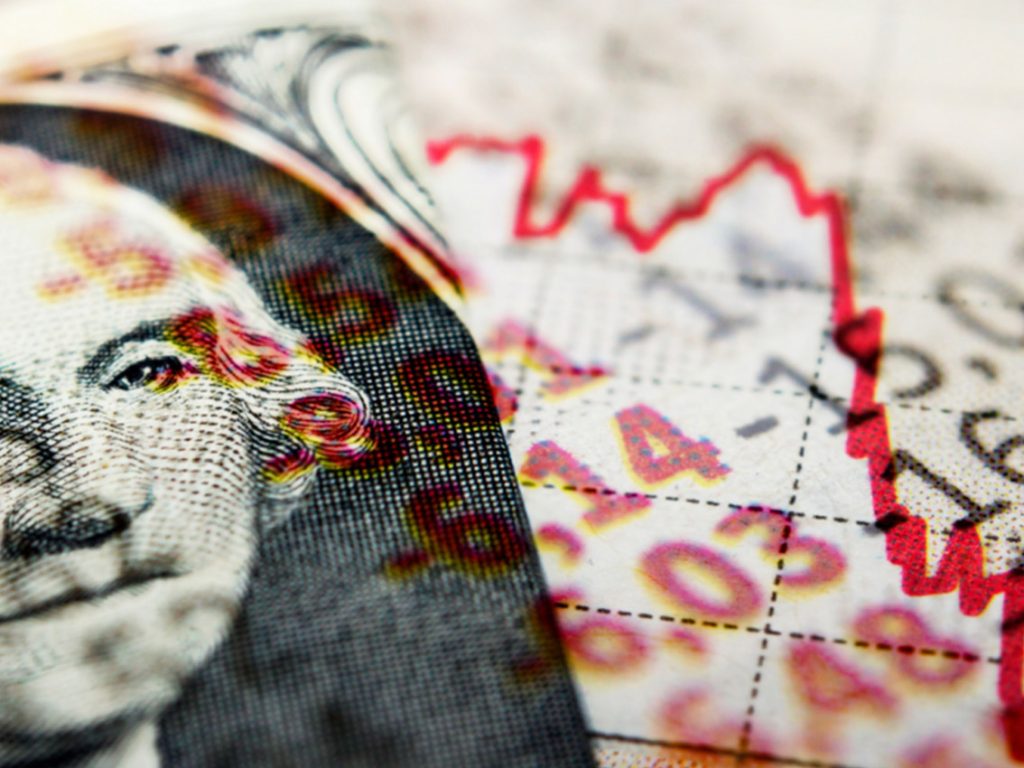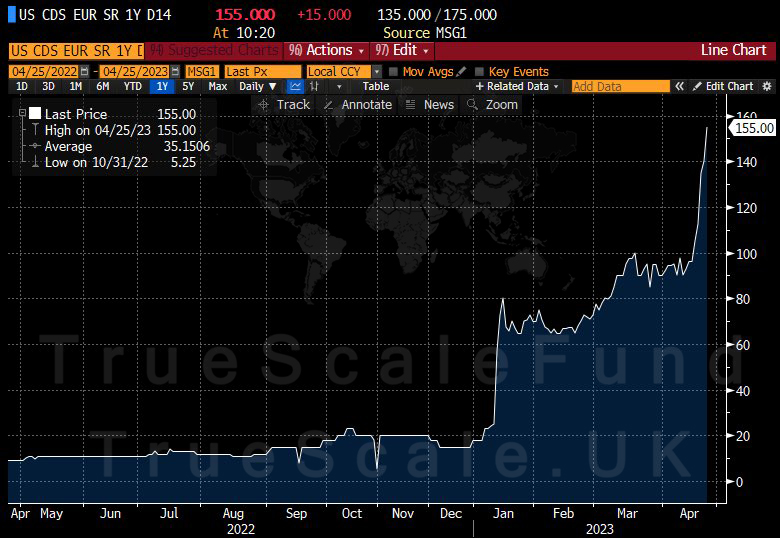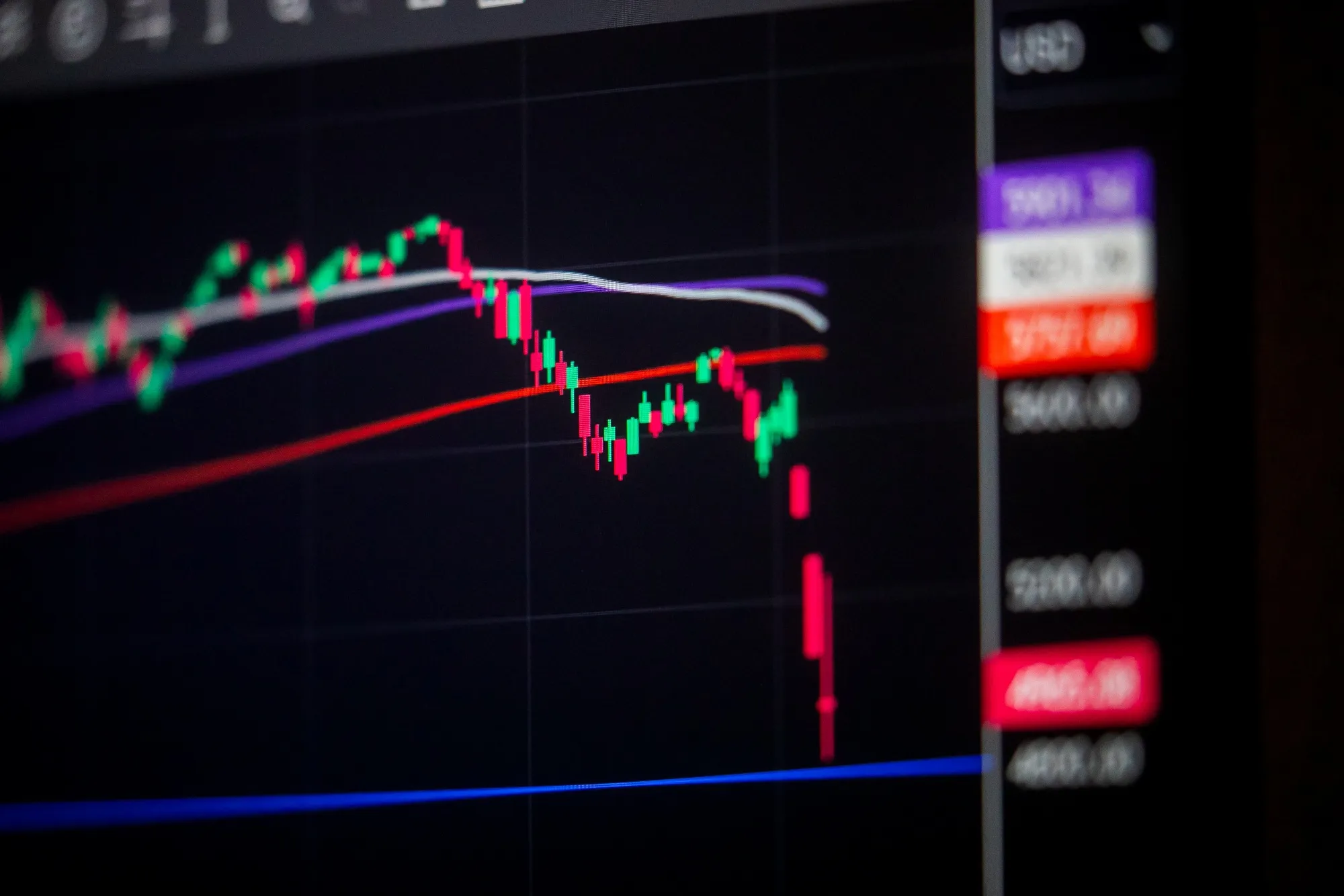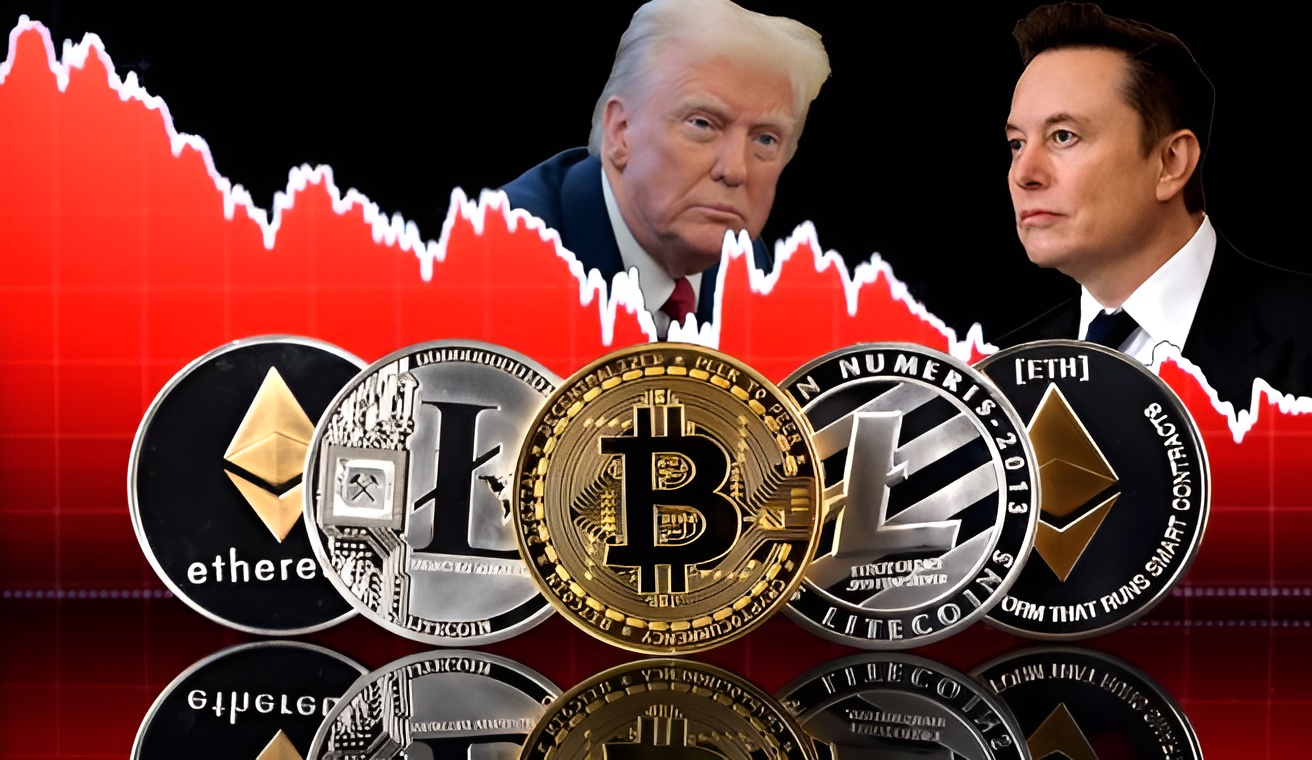
Credit default swaps (CDS) are a type of derivative that is designed to protect investors against the risk of default on a particular debt instrument, such as a bond. These instruments can be complex and difficult to understand, and there are many misconceptions surrounding their use. In this post, we will discuss the basics of credit default swaps and how they work, focusing on the current situation in the U.S. market.
Investors use CDSs for speculation, arbitrage, and hedging. Speculators can buy CDSs to profit from a trade, while arbitrageurs buy them to benefit from temporary differences in stock prices. Banks may hedge against default risk by buying CDSs, which also helps manage concentration risk.
However, CDSs come with risks. Buyers may default on contracts, leading to a loss for sellers. Sellers face jump-to-jump risk, as they may have to pay millions or billions owed to protection buyers if the original buyer defaults.
The U.S. CDS market is relatively small, with only $12 billion of contracts outstanding compared to $23 trillion of U.S. Treasury debt. Despite its size, the market has come under scrutiny recently due to concerns about the potential impact of a U.S. debt default. The lack of clarity around what constitutes an “event of default” in the U.S. has left many investors uncertain about how their CDS contracts would be settled in the event of a default.

One of the key issues with CDS contracts is that they are not like other financial contracts. They are not governed by the same laws and regulations as traditional financial instruments, and there is no standard definition of what constitutes an event of default. Instead, a committee of the International Swap Dealers Association (ISDA) must meet to determine whether an event of default has occurred. This committee has no historical precedent to follow, and the process of determining whether a default has occurred can take days or even weeks.
In addition, the settlement process for CDS contracts is not straightforward. If an event of default is declared, the defaulting party must give the par amount of bonds to the clearinghouse, who then gives the owner of the CDS contract an equal amount of money in an alternate currency. However, if the bonds are trading back at par by the time the settlement process occurs, there is no point in redeeming the contract.
Despite these complexities, banks are the primary buyers of CDS contracts, mainly for regulatory reasons. Bank regulators are concerned about bank positioning following the failure of SVB, and they are scrambling to ask banks if they are hedged against default risk. Banks will buy some 1-year CDS to get regulators off their backs, even though they may not actually be hedging risk.
In conclusion, credit default swaps are complex financial instruments that can be difficult to understand. The lack of clarity around what constitutes an event of default and the settlement process for CDS contracts can make it challenging for investors to assess the risks involved. While banks may use CDS contracts to demonstrate that they have risk controls in place, it is important for investors to understand the potential pitfalls before investing in these instruments.
Bonus: US CDS are priced in Euros, which if we encounter an event of default, will be worthless.






